.jpg?width=513&name=GettyImages-1216458718(1).jpg) In one way or another I think it’s safe to say that the spread of this virus has affected all of us in the last few weeks. And for some, it has become life-changing! As parents of a school-aged kid, my husband and I have had some tough conversations with our kindergartener explaining why he won’t be seeing his friends or teacher at school for a while, if at all. Not only have we had to have tough talks, we’ve had to become pretty creative in how we keep him active and engaged.
In one way or another I think it’s safe to say that the spread of this virus has affected all of us in the last few weeks. And for some, it has become life-changing! As parents of a school-aged kid, my husband and I have had some tough conversations with our kindergartener explaining why he won’t be seeing his friends or teacher at school for a while, if at all. Not only have we had to have tough talks, we’ve had to become pretty creative in how we keep him active and engaged.
Our son, Isaiah, is the definition of energy. In his words, “I’m 100%!” And he means it! He only knows one speed and that is fast. Not only does Isaiah’s energy require creativity, his appetite is comparable to a bottomless pit.
How Are We Thriving Through a Global Pandemic? Two Words: Consistent Creativity!
For a child that is used to having so much structure at school and thriving in that environment, how can you replicate that at home and maintain your “cool parent” status? Here are some tips.
Keep Them Engaged
Finding fun, creative, and engaging educational opportunities for the kiddos to remain sharp is only half the battle. Timing is also critical. Making sure that each day is a little more exciting than the day before is a great way to keep them engaged in learning and being active.
Let Kids Help Choose Activities
Allowing involvement in the decision making of what we do has been a key as well. This is a great test to see what interests your kids have and what type of learners they are. Are they hands-on? Do they need to see the activity performed first a few times? Or maybe just once? I am learning each day just as he is.
Build Structure and Choice into Snacks
Our son can eat. If we were to let him choose when and what to eat, he would eat us completely out of the house. Each day he has the choice of three or four snacks (such as fruits, vegetables, yogurts, jello cups, an occasional homemade cookie, a snack-size bag of chips, crackers, fruit popsicles, etc.) along with breakfast, lunch, and dinner. We’ve provided that structure and have allowed him the freedom to choose. We are, however, still trying to figure out exactly where he puts all the food.
Creative Ways of Getting Exercise
For an active kid such as him, we’ve had to get even more creative with how he gets his exercise (same goes for us). Some days it consists of timing him to see how fast he can run up the stairs to get a diaper for his sister. Days that the weather isn't cooperating with us, we’re firing up GO Noodle on the Apple TV and dancing to some Zumba. And when the weather is nice enough to be outside, we’re taking walks, running, playing basketball in the driveway, doing sidewalk chalk, or whatever else we can come up with to burn that energy.
We’re All in This Together
We’re all trying to navigate through this crazy time, and the most important thing we can hold onto is that we’re all in this together. I read an Instagram post from Reformed Sports Parent the other day that allowed me to cut myself some slack:
Don’t worry about them regressing in school. Every single kid is in this boat and they all will be okay. When we are back in the classroom, we will all course-correct and meet them where they are. Teachers are experts at this! Don’t pick fights with your kids because they don’t want to do math. Don't scream at your kids for not following the schedule. Don’t mandate 2 hours of learning time if they are resisting it. If I can leave you with one thing, it’s this: at the end of all of this, your kids’ mental health will be more important than their academic skills. And how they felt during this time will stay with them long after the memory of what they did during those 4 or more weeks is long gone. So keep that in mind, every single day.
Stay Healthy!
This blog was written by Ashley Duncan, Weight Loss Coordinator and Program Coordinator. To learn more about the NIFS bloggers, click here.


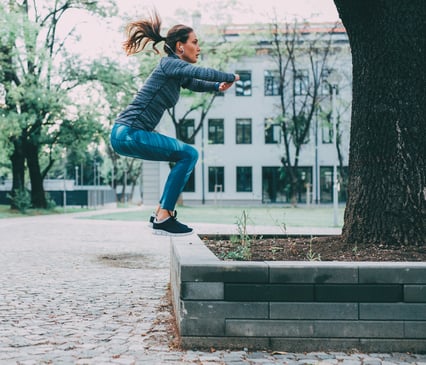 In a world where situations are ever-changing and a new “normal” is developing, athletes around the world are scrambling to adapt to their new training environments. For most, this new environment is where you are probably reading this now, your home. For the time being and for many people, traditional training methods of using barbells, dumbbells, kettlebells, etc. have morphed into substitutions of paint cans, backpacks, gallon jugs, or just about anything that can act as the “resistance” that your body has become accustomed to using.
In a world where situations are ever-changing and a new “normal” is developing, athletes around the world are scrambling to adapt to their new training environments. For most, this new environment is where you are probably reading this now, your home. For the time being and for many people, traditional training methods of using barbells, dumbbells, kettlebells, etc. have morphed into substitutions of paint cans, backpacks, gallon jugs, or just about anything that can act as the “resistance” that your body has become accustomed to using. 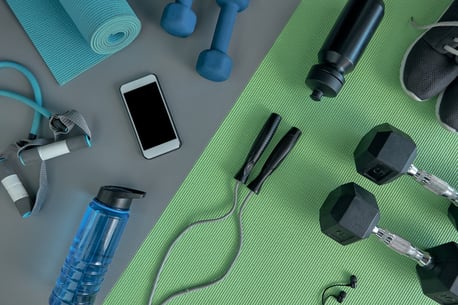 The saying often goes, “success breeds success,” but I’m a big believer that failure leads to just as much and even more success. Being reactive in nature to a situation (as most of our population is) can delay a successful outcome, but often does lead to one. Obviously being proactive, anticipating and avoiding rather than catching and correcting, is a more successful model of living; but we find ourselves in situation we really couldn’t anticipate. There are some lessons to be learned and success that can come from this desperate situation we are all in.
The saying often goes, “success breeds success,” but I’m a big believer that failure leads to just as much and even more success. Being reactive in nature to a situation (as most of our population is) can delay a successful outcome, but often does lead to one. Obviously being proactive, anticipating and avoiding rather than catching and correcting, is a more successful model of living; but we find ourselves in situation we really couldn’t anticipate. There are some lessons to be learned and success that can come from this desperate situation we are all in.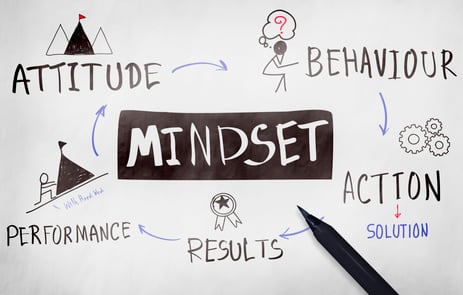 During these unprecedented times of self- and mandated quarantines and stay-at-home orders, it can be easy to slip into a negative mindset accompanied by fear of the unknown and worry about how you are going to get through this. Self-quarantine does not have to be void of self-improvement. Social media is drenched with ideas and strategies to keep up your physical fitness at home with a million bodyweight workouts and DIY fitness equipment ideas. I’m partial to the elite content that the NIFS pros are providing daily, obviously, but there is no shortage of methods out there to keep moving at home. But what about emotional and mental fitness, and how to continue the work on YOU that makes us strong individuals inside and out?
During these unprecedented times of self- and mandated quarantines and stay-at-home orders, it can be easy to slip into a negative mindset accompanied by fear of the unknown and worry about how you are going to get through this. Self-quarantine does not have to be void of self-improvement. Social media is drenched with ideas and strategies to keep up your physical fitness at home with a million bodyweight workouts and DIY fitness equipment ideas. I’m partial to the elite content that the NIFS pros are providing daily, obviously, but there is no shortage of methods out there to keep moving at home. But what about emotional and mental fitness, and how to continue the work on YOU that makes us strong individuals inside and out?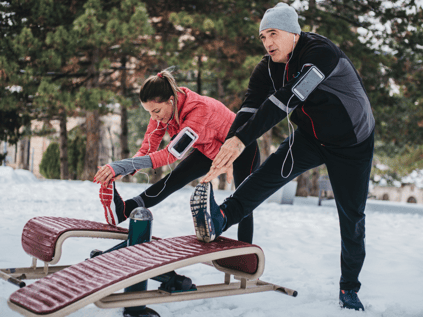 The temperatures are still frigid, and there are days when it seems as if the sun doesn’t shine. This is the time of year when we can start to feel down and less motivated, and maybe start to develop a case of the winter blues. It's easy for these negative thoughts to start creeping into our heads, but it is just as easy to kick these thoughts to the curb with these five simple steps.
The temperatures are still frigid, and there are days when it seems as if the sun doesn’t shine. This is the time of year when we can start to feel down and less motivated, and maybe start to develop a case of the winter blues. It's easy for these negative thoughts to start creeping into our heads, but it is just as easy to kick these thoughts to the curb with these five simple steps. Busy college schedule? No time to fit in your workout between exams, papers, and class? Don’t let school be the excuse to skip or miss your workout. According to
Busy college schedule? No time to fit in your workout between exams, papers, and class? Don’t let school be the excuse to skip or miss your workout. According to 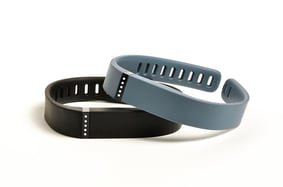
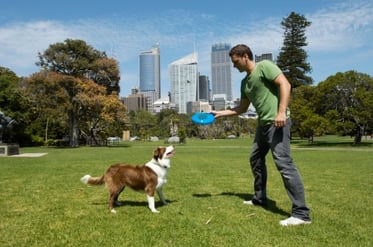
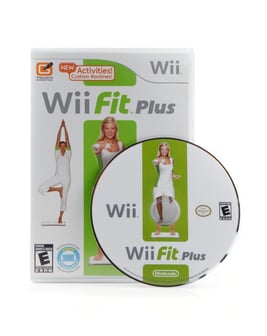 Several years ago the Nintendo Company introduced its newest entry into the video game market with the
Several years ago the Nintendo Company introduced its newest entry into the video game market with the 